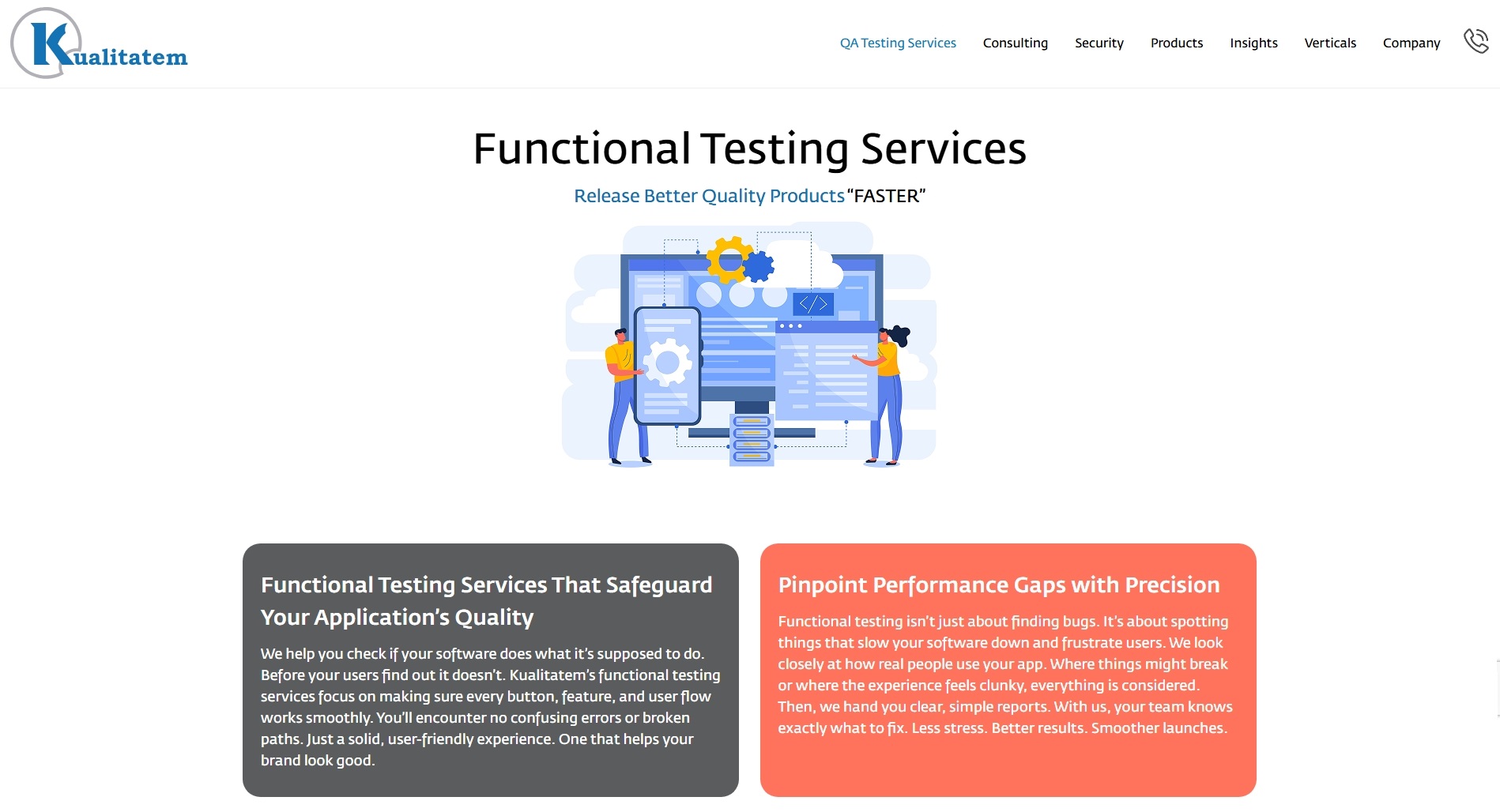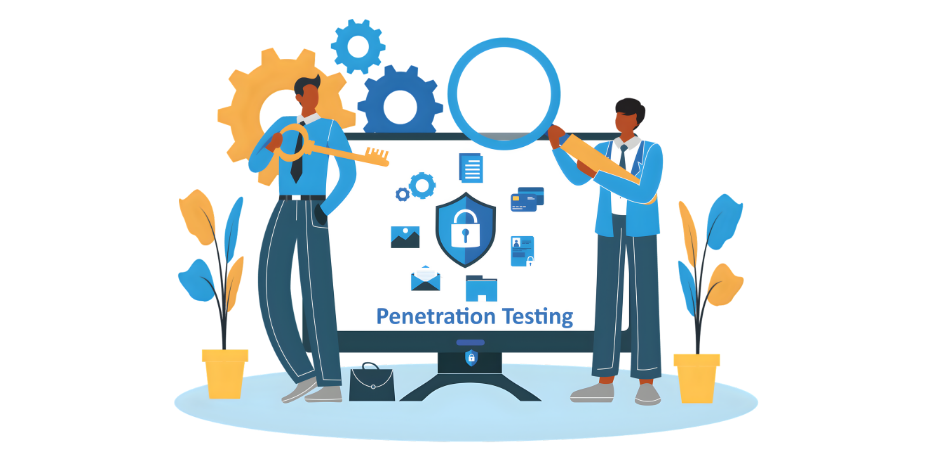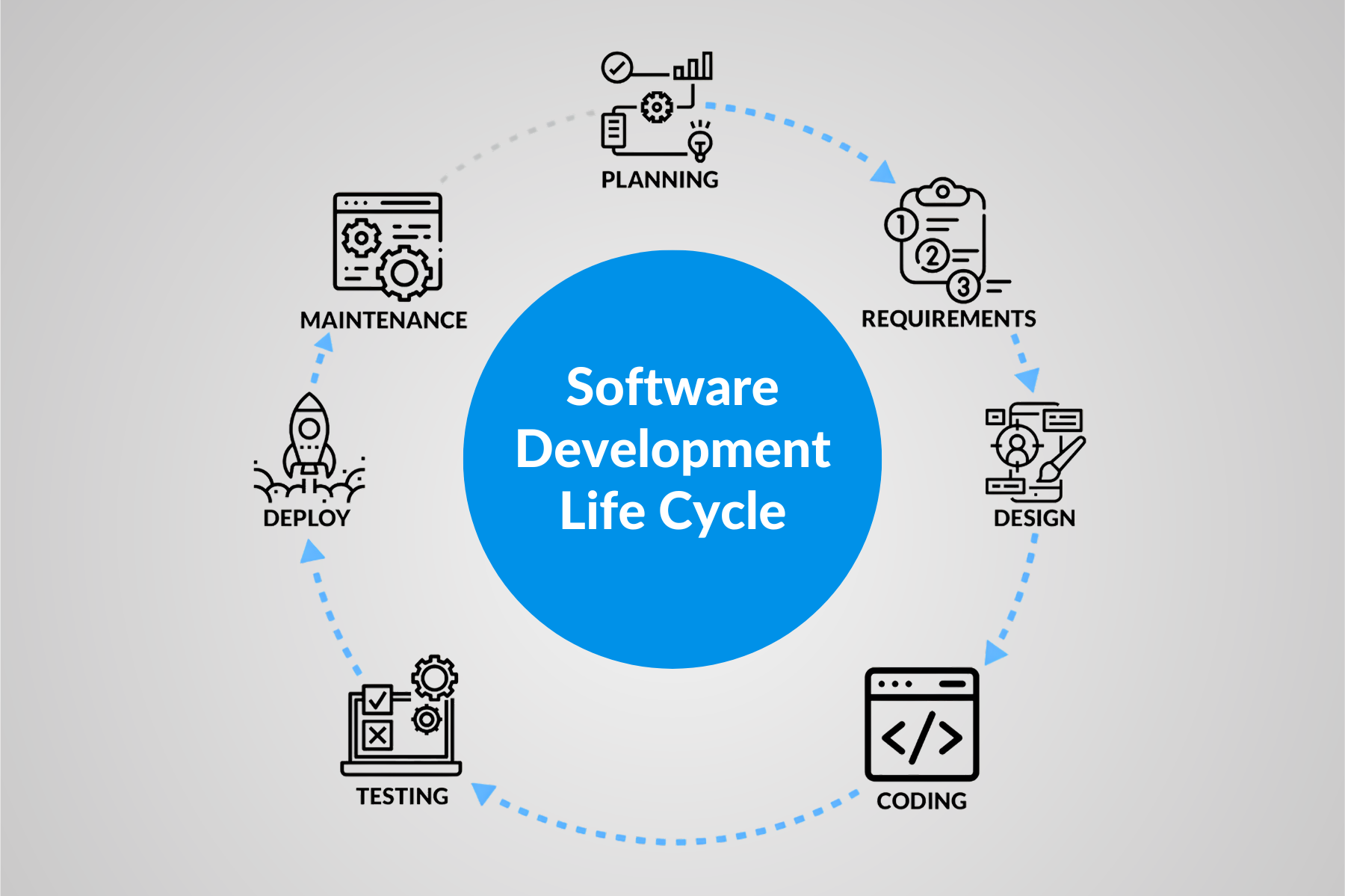Multi-Platform Functional Testing: Ensuring Consistency Across Web, Mobile, and Desktop Apps

- August 11, 2025
- Zunnoor Zafar
A software is usually released on more than just one platform. Users are spread across multiple devices, such as web, mobile and desktop.
Hence, for businesses, it has become important to make sure their software application is consistent across all platforms. And its experience is smooth regardless of the operating system.
To achieve this, in-depth multi-platform functional testing is done. It verifies that the application’s core functionalities work as intended everywhere. Whether customers access it through a web browser or a mobile device, they will see the same things.
That being said, today, we’ll explore the best practices and strategies for conducting effective functional testing. On top of that, we’ll see how it helps organizations deliver reliable, high-performing applications.
Multi-Platform Functional Testing Explained
Long story short, functional testing focuses on validating a software against specified requirements. It ensures that every function operates correctly. When this approach is extended across multiple platforms, it involves:
- Testing user interfaces across various browsers and screen sizes. As well as operating systems.
- Verifying mobile apps on different devices, OS versions and network conditions.
- Checking desktop applications on varying hardware configurations.
So basically, this type of testing isn’t platform-specific. It requires coordinated test design to cover common functionalities while addressing nuances.
This approach has multiple benefits. Some of which are the reduction of duplicated efforts and accelerated development. The quality assurance (QA) objectives are also directly supported by multi-platform functional testing.
Why Does Multi-Platform Functional Testing Matter?
There’s so much device diversity out there. It’s evident from the fact that everybody has a different smartphone. It’s rare to see a group of three people have the same model of a phone, right?
This diversity, along with high user expectations, has made consistent cross-platform application behaviour a business priority. The benefits of thorough multi-platform functional testing include:
- Improved Customer Experience: Ensures users encounter a uniform and intuitive interface. Their satisfaction and loyalty are boosted.
- Reduced Support Costs: Fewer bugs in production mean fewer troubleshooting and fewer patches. Smoother operations are achieved.
- Accelerated Time to Market: Early defect detection and prevention lower risks of late-stage rework and delays.
- Stronger Brand Reputation: Delivering dependable software strengthens trust and provides an edge over competitors.
Reaching out to a professional QA testing service provider that takes multi-platform functional approaches is always a good idea for organizations. Doing so can improve their ability to maintain software quality amid rapid release cycles. The demands of evolving platforms can also be tackled this way.
Main Components of Multi-Platform Functional Testing
Making a successful multi-platform functional testing strategy isn’t easy. Several elements have to be considered. Some of the main ones are as follows.
1. Unified Test Planning & Design
To test effectively, test cases that are reusable and can work cross-platform have to be created. Their focus must be on modular as well as adaptable scenarios.
Furthermore, the test planning should incorporate a comprehensive requirements analysis. This way, the differences between platforms can be easily accommodated.
Then, prioritization of test cases has to be done. Impact and frequency are considered while doing so. And lastly, during test planning, the data has to be managed effectively so it is consistently input across platforms.
Adopting a modular test design enables testers to reuse components for web, mobile and desktop. The best part is that they can also add specific validations that are unique to each platform anytime they want.
2. Automation with Platform Awareness
While manual exploratory testing is important, automation can be a lifesaver. It accelerates regression testing and improves consistency. The chances of human errors occurring during processes are also reduced.
That said, effective automation for multi-platform QA includes frameworks. Ones that support test execution across browsers, mobile devices and desktop environments. Tools like Selenium for web and Appium for mobile are used for processes.
Additionally, test scripts that are designed to adapt dynamically to platform variables (resolution, OS, UI controls) are also part of automation.
Automation boosts coverage and repeatability. It contributes to making software testing efficient and high-quality.
3. Device and Environment Coverage
The most important element: broad device and environment coverage. It is critical to detect issues arising from platform diversity.
The test labs have to include popular browsers, such as Chrome, Firefox, Safari and Edge, along with their stable versions. They must also cover major mobile operating systems (Android, iOS) on real devices and emulators.
When it comes to desktop applications, they have to be tested on Windows, macOS, and Linux, where applicable.
A tip from our side is to use cloud-based testing platforms. That’s because these platforms can scale environment coverage without excessive overhead.
4. Continuous Integration and Continuous Testing
Integrating multi-platform functional tests into CI/CD pipelines allows teams to validate software continuously. Every code change and commit can be pushed without the worry of new defects.
This approach provides rapid feedback to developers and helps ensure ongoing software quality. No matter how many updates are rolled out. It also enables early identification of platform-specific regressions.
DevOps teams can leverage modern CI tools integrated with automated functional tests. This’ll help them ensure the testing is in-depth and everything is covered.
Best Practices for Ensuring Consistency Across Platforms
To improve the effectiveness of multi-platform function testing, organizations should consider the following practices. These practices will help them bring better results from quality assurance.
- Centralize the Requirements: Try to bring together the requirements in one place. Centralize documentation to ensure testers and developers align on expected functionalities across platforms.
- Focus on Test Reusability: Build adaptable test cases and automation scripts to minimize maintenance efforts.
- Prioritize Real Device Testing: Emulators and simulators are surely helpful. But they cannot replicate all device behaviours. Hence, prioritize real device testing for critical validations.
- Incorporate Usability Checks: Functional correctness is important. However, user experience consistency is equally important and should be validated.
- Make Use of Analytics & User Feedback: Use real-world user behaviour data to identify usage scenarios. As well as platform-specific issues.
- Invest in Skilled QA Resources: Experienced testers with multi-platform expertise are essential. They can better interpret test results and adapt strategies.
Leveraging Professional QA Testing Services for Multi-Platform Success
Outsourcing QA testing to specialists with multi-platform functional testing experience can provide significant advantages to organizations. These expert providers bring:
- Extensive experience with testing tools and frameworks tailored for diverse platforms.
- Access to broad device labs and simulation environments.
- Proven methodologies that are designed to optimize coverage, reduce risks and accelerate delivery cycles.
- Detailed reporting and analytics to inform continuous quality improvements.
Hence, partnering with a quality assurance service provider is always a good idea. And if you’re looking for one, check out Kualitatem.

We ensure that your software meets the standards for functionality and consistency. No matter what platform the users are on. So, reach out today for a free quote.
Conclusion
Multi-platform functional testing is important to ensure a consistent and smooth user experience. Everything works well across all devices, such as web, mobile and desktop.
This testing approach not only validates core functionalities but also improves customer satisfaction. And not just that, support costs are reduced and time to market is accelerated as well.
The key strategies include unified test planning and automation. As well as broad device coverage. Also, partnering with professional QA testing service providers can further optimize processes and maintain software quality. Even amidst rapid development cycles.











